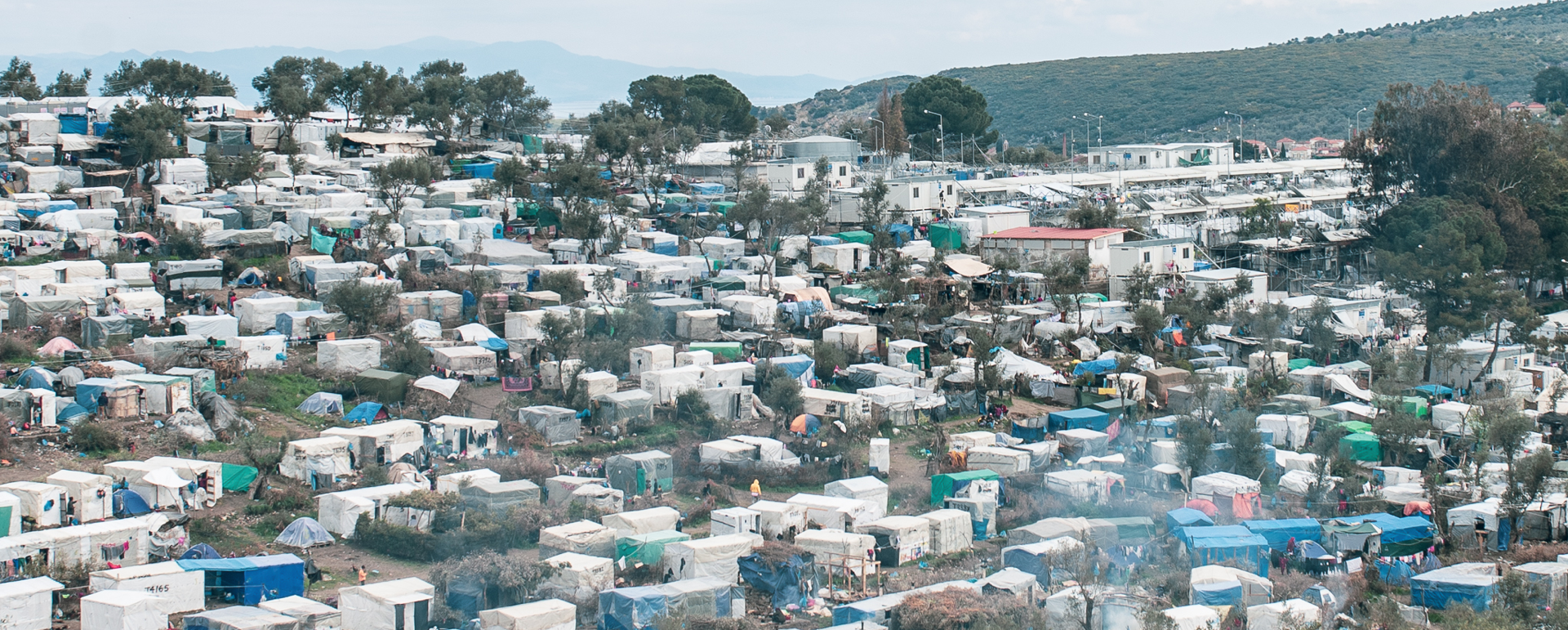
“These conditions meet the requirements of torture.”
“These conditions meet the requirements of torture.”
May 11, 2020
From the beginning of the lockdown in Greece on March 13 up until now, all new arrivals on Lesvos have been held in quarantine on separate locations in the North of the island, most right on their landing spot, some for more than fourty days. In inhumane conditions and out of the public eye, these people were deprived of their basic human rights.
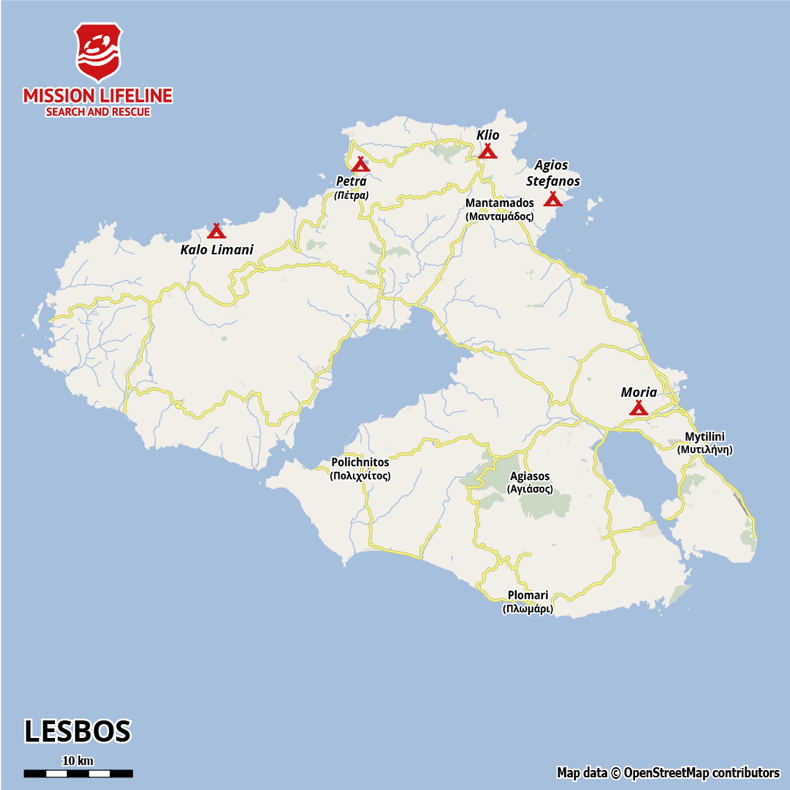
Doctor Diego* who works in Moria camp, visited three of the sites twice. In the following report he describes the situation there and the catastrophic conditions of the affected refugees according to his own experience:
‘We counted thirty six people in Klio camp, thirty two in Agio Stefanos and the biggest of the three sites was in Petra, where about fifty people were housed. There were no sanitary services in any of the camps. No showers, no toilets and in Klio and Agio Stefanos, only two sixteen square meter tents for the entire group were provided. For healthcare, people had to rely on Hellenic police to call an ambulance. Several people were sent to the hospital but were later sent back to the camp without receiving proper medical care. Food was brought once a day, not fresh and cold. One and a half liter of water per person each day was provided, meant for drinking and washing. These conditions meet the requirements of torture.
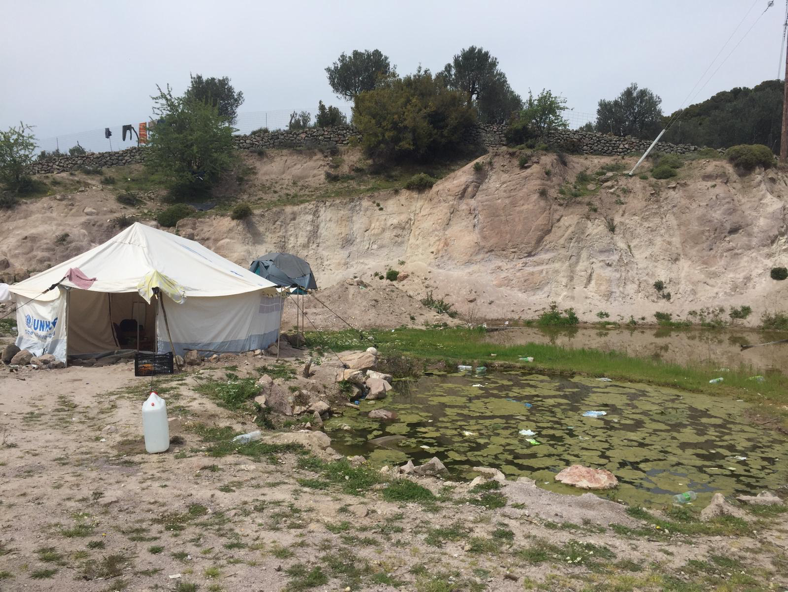
Klio camp was based right next to a swamp. Some media reported that the people where being housed inside a chapel, but this is not true. They were housed next to the chapel, literally beside the swamp. The camp was situated high up in the hills. Guided by police cars, the people, amongst them some chronically ill, had to make their way up hill by foot. A two hour walk. There was a lack of water. People were using water from a nearby water hose going to a field. After a few days, the hose was shut off. Petra was located in a village. At the other locations, people could go to a field to go to the toilet, in Petra that was not an option. Ten meters away there was a structure with a public toilet, but it was closed. Agio Stefanos was the smallest of the three and was situated in a field somewhere in the middle of nowhere.
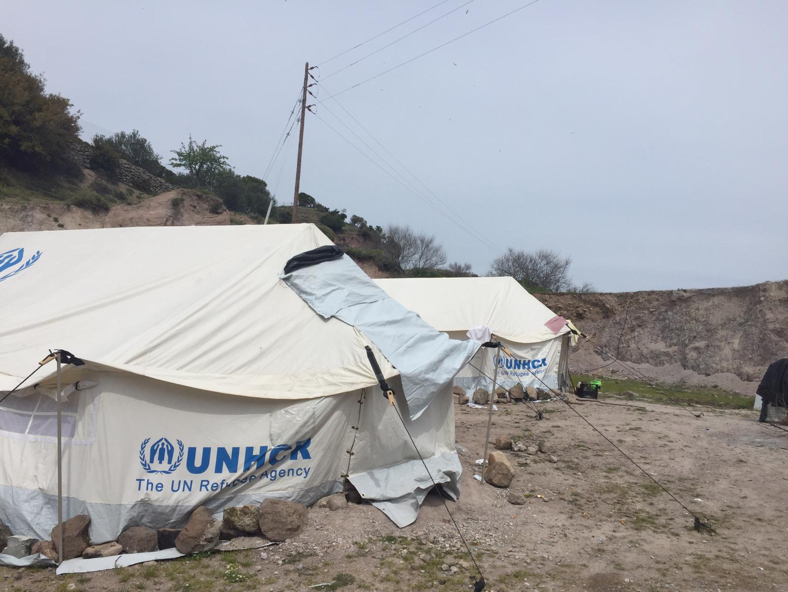
Me and the other medics who went to the sites where not requested by the authorities. We were self-organized and had no idea what we where going to find the first time we went. We didn’t meet a lot of resistance from the police because we came as medics which makes everything easier. Others who went being non medical have been fined by the police. I haven’t seen anyone from official organizations apart from the UNHCR, which only provided tents and blankets. Once we met two people who claimed to be from the local hospital and said they visited the camps once a week. However, they didn’t provide any chronic medicine to the people who needed it. Some people I’ve met in the camps structurally rely on medicine but they were deprived from their medicine.
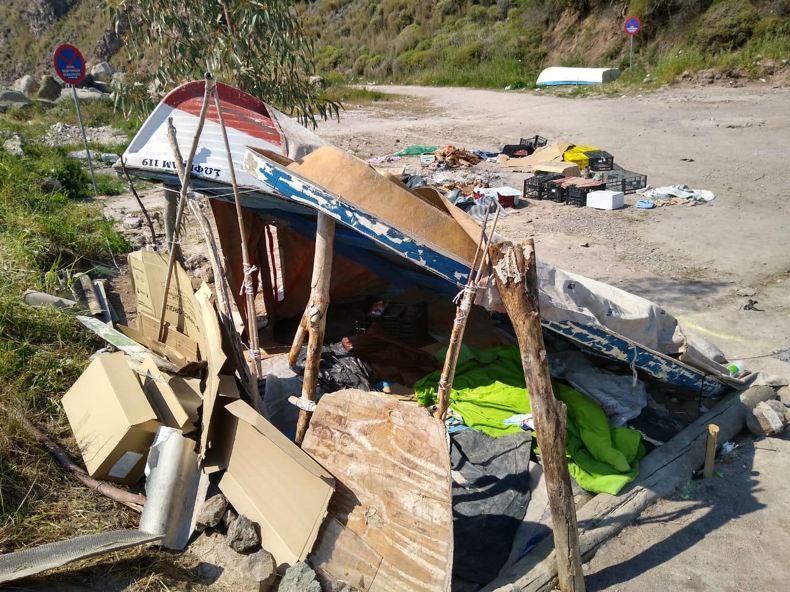
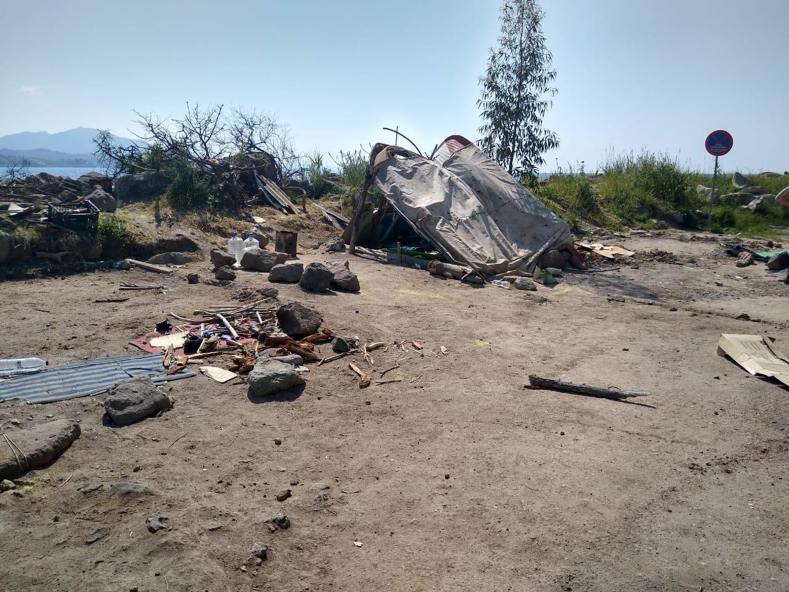
Several people were brought to the hospital. One man who suffers epileptic seizures due to brain injury sustained in a bombing, was brought to the hospital where he received an EEG, a treatment plan and the recommendation to do a CT scan. When he asked for an appointment, they couldn’t give it to him. In Petra a fourteen year old girl was dehydrated due to severe vomiting and diarrhea. The day before I met her she was brought to the Mitilini Hospital and was discharged without medication. The food that was provided in the camp was entirely unsuited for her stomach so she hadn’t eaten properly for days.
Because these people were not considered as asylum seekers because of the suspension of the asylum procedure that was done as a measure against Corona**, they have no right to use the provisions of the public health care system. Many who went to the hospital were sent back without the proper medicine.
The Greek authorities must take responsibility for what happened here. Even the minimal human and security standards have not been met for a month. Instead, people have been left to live as animals.”
Without any notification to neither the people in quarantaine nor the humanitarian organizations that repeatedly demanded more clarity on the living conditions in the North, the one hundred thirty people who arrived after March 13, where transferred to Moria camp in the middle of the night of April 27. They are now registered as asylum seekers.
+++ UPDATE +++
Meanwhile, all new arrivals have been transferred to the new #quarantine site in Megala Therma – an old military camp on a gravel road between Eftalou and Skala Sikamineas. They are no longer held on the beach. #Moria #Savethem
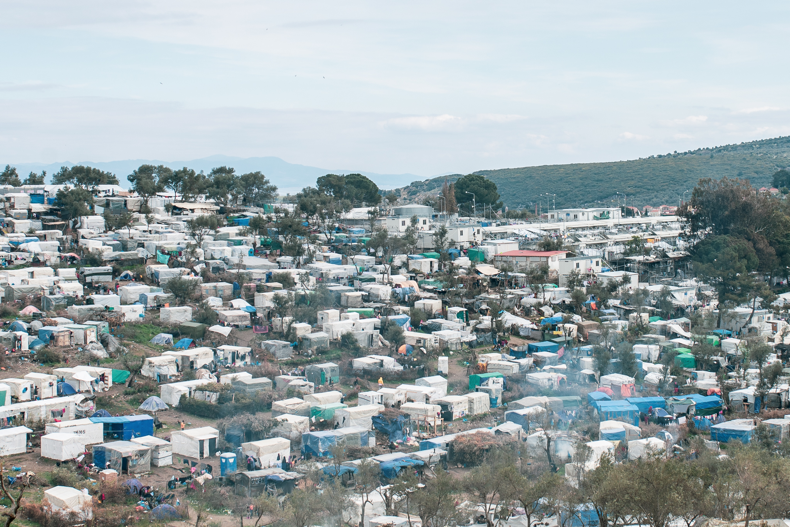
In the meantime, two new groups have arrived on Lesbos’ north shores. The first boat landed May 6 on the beach of Kalo Limani. After sleeping in outside for a night, they were transferred to land that was used in 2015 as a transit camp. Up until now, no autonomous medics have been granted access to the facility. The second dingy landed at the 10th of May and is currently still being held on their place of arrival on the beach.
Moria is a disgrace and unbelievably so, we’ve just exceeded that level of dehumanization. These places are not just quarantine zones, they are detention area’s. Serving as a warning and sending a clear message to whoever considers making the crossing to Europe: You are not welcome here.
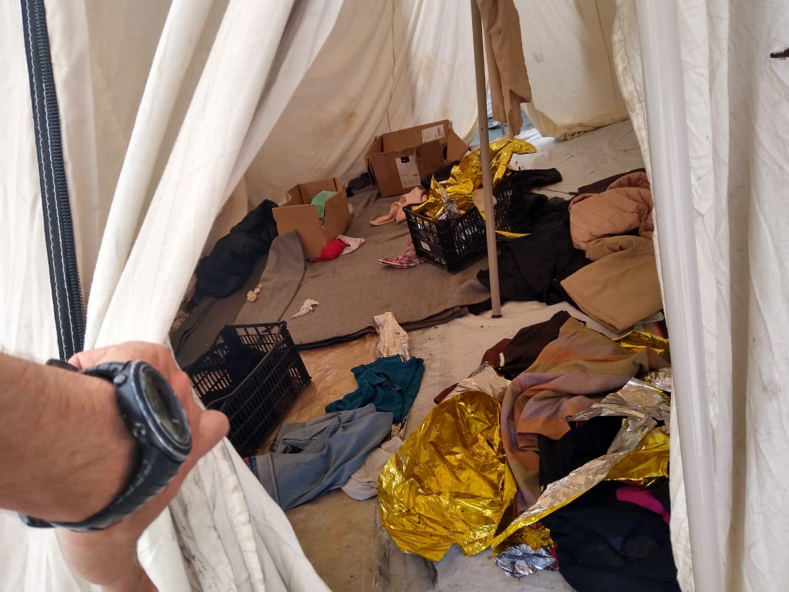
*Names have been altered for privacy reasons
**The Greek asylum registration procedures were suspended following the events at the Turkey/Greece border end of February/early March.
Remark: Due to various present restrictions, Mission Lifeline had no opportunity to verify certain statements in the report, but consider the source to be reliable and serious.
foto: MISSION LIFELINE


